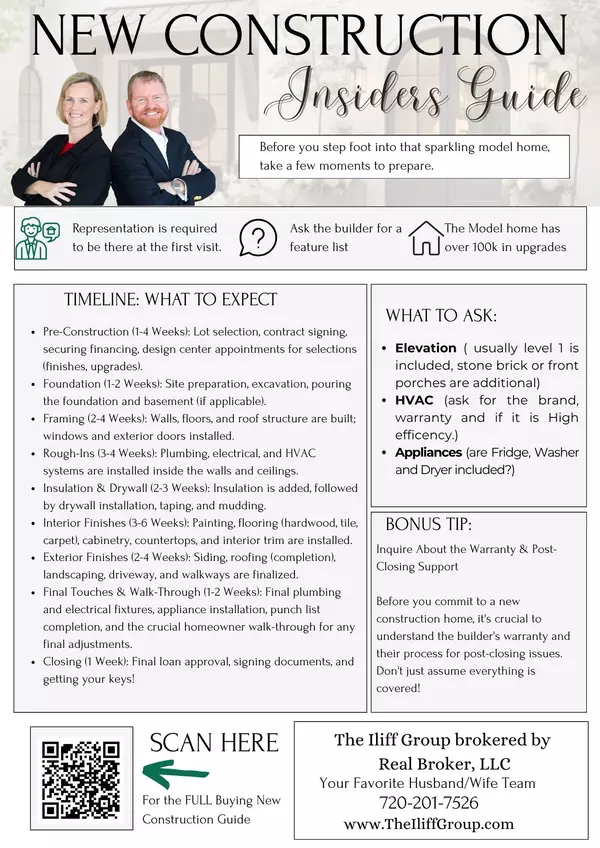The Hidden Financial Challenges of Military Divorce

The Hidden Financial Challenges of Military Divorce , and How Strategic Mortgage Planning Protects Your Future
Understanding the Financial Landscape of Military Divorce
-
Pension and retirement benefits fall under federal law (the USFSPA).
-
VA home loans and entitlements add layers of federal regulation.
-
Military income includes complex pay structures like BAH and BAS.
-
Deployment schedules and relocations affect income stability and housing decisions.
Military Pensions: The Asset That’s Often Misunderstood
The Basics
Mortgage Implications
-
If a former spouse relies on divided pension income to qualify for a mortgage, delays or reductions in payments can derail financing.
-
Some lenders may not count non-guaranteed or inconsistent pension payments as qualifying income.
-
Veterans who see a reduction in disposable retired pay may experience lower monthly income, tightening debt-to-income ratios.
Strategic Planning Solutions
-
Obtain a forensic pension valuation to accurately assess future income streams.
-
Ensure settlement language specifies what happens if disability offsets occur.
-
Collaborate with a CDLP® early to model both parties’ mortgage qualification scenarios.
-
If DFAS direct payment isn’t available, structure reliable payment mechanisms (escrow or automatic transfer).
VA Home Loans and Entitlement Challenges
The Problem
-
The VA loan remains tied to the veteran’s entitlement until the loan is paid off or refinanced.
-
If the non-military spouse is awarded the home, the veteran’s entitlement stays locked limiting their ability to use VA benefits again.
-
The spouse who keeps the home may not be eligible to assume or refinance the VA loan.
The Lender’s Perspective
-
Legal ownership (deed in name)
-
Financial qualification (income, credit, debt ratios)
-
VA or lender approval for assumption/refinance
-
Determine entitlement early. Before finalizing the divorce, know exactly how much entitlement is used and what’s available.
-
Test refinance feasibility. Run conventional or FHA scenarios for the non-military spouse.
-
Include time limits in the decree. Example: “Spouse must refinance the property within 180 days.”
-
Plan for contingencies. If refinance fails, agree in writing to sell the home and divide the proceeds.
Military Income: Complex, Variable, and Often Miscalculated
-
Base Pay
-
Basic Allowance for Housing (BAH)
-
Basic Allowance for Subsistence (BAS)
-
Special Duty or Hazard Pay
-
Deployment or Incentive Pay
In Divorce Settlements
For Mortgage Qualification
Strategic Planning Solutions
-
Gather 12–24 months of LES statements (Leave and Earnings Statements) to document consistent pay.
-
When support depends on allowances, specify adjustment triggers if pay changes.
-
For the receiving spouse, confirm whether spousal or child support meets lender seasoning rules (usually 3–6 months of receipt).
-
For the service member, verify that post-divorce income still meets DTI requirements before agreeing to assume or retain a mortgage.
Common Mortgage Pitfalls in Divorce (Military or Civilian)
1. Awarding the Home Without Mortgage Feasibility
Awarding a home in the decree doesn’t mean a spouse can actually qualify for the mortgage. If they can’t refinance or assume it, both parties remain financially entangled.
2. Leaving Both Names on the Mortgage
Even if one spouse deeds the property over, the mortgage liability remains until it’s refinanced. Missed payments damage both credit scores.
3. Ignoring Timing
Interest rates, property values, and underwriting guidelines change. A refinance six months later might be far more expensive or impossible.
4. Failing to Budget for True Costs
Taxes, insurance, HOA dues, and maintenance can overwhelm a single income.
5. Overestimating Support Income
Support may not be counted by lenders unless it’s court-ordered, consistent, and seasoned.
Building a Strategic Divorce Mortgage Plan
-
Mortgage statements
-
LES or pay stubs (for military pay)
-
Credit reports
-
Property appraisals
-
Pension statements
-
Support calculations
-
Refinance deadlines
-
Contingency if refinance fails
-
Payment responsibility while in transition
-
Title transfer and liability release conditions
Why a CDLP® Is Essential in Divorce Financial Planning
-
Analyzes mortgage financing in the context of divorce settlements.
-
Evaluates income, assets, liabilities, and support structures under lender rules.
-
Advises attorneys and financial professionals on feasible settlement terms.
-
Creates post-divorce mortgage strategies that protect both parties’ credit and equity.
Case Studies: Real-World Scenarios
Best Practices for Attorneys and Financial Professionals
-
Engage a CDLP® early. Bring them in before the decree is finalized.
-
Validate affordability. Never assume a spouse can refinance or assume a mortgage without proof.
-
Protect entitlements. Verify VA loan eligibility and restoration options before division.
-
Use forensic valuation. Especially for pensions or property with fluctuating value.
-
Clarify liability. Define exactly when and how the departing spouse is released from debt.
Post-Divorce Mortgage Readiness Checklist
1. Review your credit report within 60 days.
2. Confirm your name is removed from joint loans or utilities.
3. Document consistent support payments (3–6 months).
4. Save for a down payment if purchasing new property.
5. Verify entitlement restoration with the VA (if applicable).
6. Meet with a CDLP® before applying for any new mortgage.
The Emotional Side: Creating Stability Through Strategy
Conclusion: Secure the Home, Secure the Future
Frequently Asked Questions
-
How does divorce affect my VA home loan benefits?
Divorce may restrict your ability to reuse VA entitlement until the existing loan is refinanced or paid off. -
Can spousal or child support help me qualify for a mortgage?
Yes, if it’s court-ordered, consistent, and has at least 3–6 months of verified payment history. -
What happens if my spouse doesn’t refinance the house as agreed?
You remain liable until the loan is refinanced or sold your credit is still at risk. -
How can a CDLP® help during divorce?
A CDLP® ensures your settlement aligns with lending rules, helping both parties maintain homeownership or eligibility post-divorce. -
What’s the best time to meet with a CDLP®?
Before signing your divorce decree ideally as soon as real estate division discussions begin.
Categories
- All Blogs (83)
- Cost of Living in Summerville SC (21)
- Cost of Selling or Buying a Home (23)
- Downtown Summerville SC (6)
- Freebie (2)
- Golf in Summerville SC (2)
- Guides (15)
- Job Opportunities in Summerville SC (1)
- Lifestyle and Culture (22)
- Market Trends (3)
- Nearby Areas & Comparison Guides (15)
- Neighborhoods in Summerville SC (21)
- PCSing to Charleston - Military Guidance (12)
- PCSing to Charleston SC (22)
- Property Taxes in Summerville SC (6)
- Relocation Questions & Miscellaneous Topics (39)
- Retire in Summerville SC (5)
- Schools in Summerville SC (13)
- Things to do in Summerville SC (6)
Recent Posts















